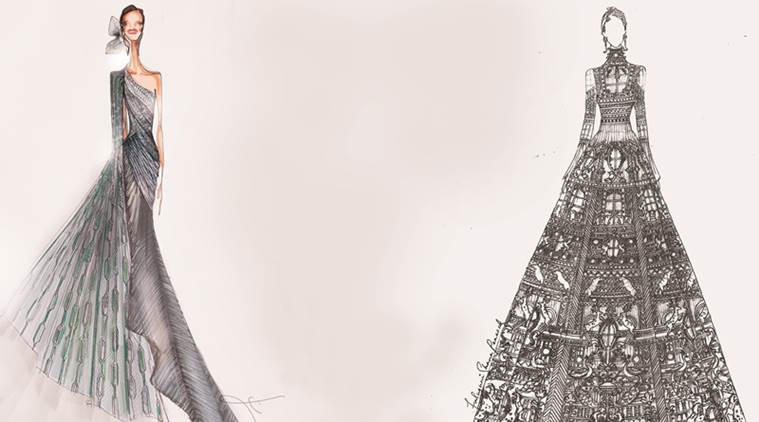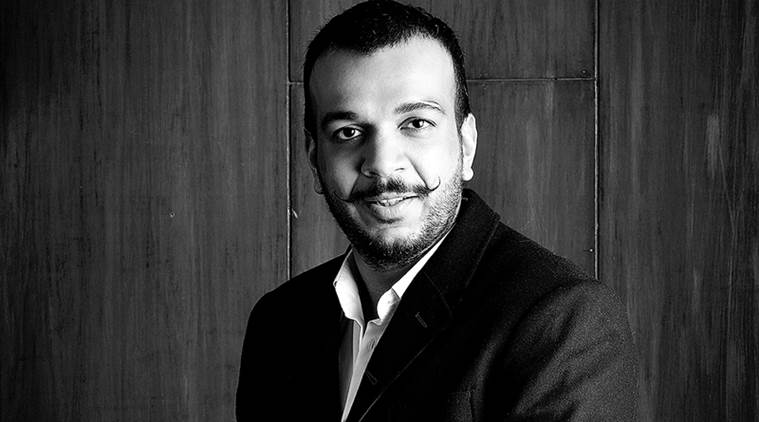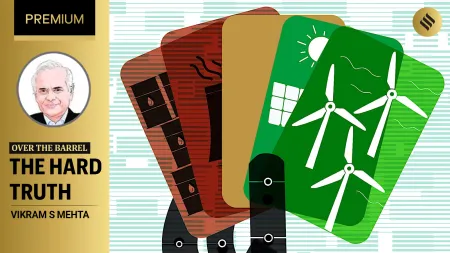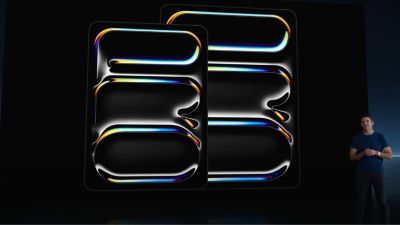- India
- International
A Debutantes’ Ball
Designers Amit Aggarwal and Falguni and Shane Peacock on their India Couture Week debut, and why there is no escaping bridalwear in the country.
 From Aggarwal’s six-year-old couture label that specialises in metal weaving, structural embroideries and inventive upcycling, to the Peacock’s 16-year-old eponymous brand that has dressed the likes of Beyonce, Lady Gaga and Jennifer Lopez in its trademark feathers.
From Aggarwal’s six-year-old couture label that specialises in metal weaving, structural embroideries and inventive upcycling, to the Peacock’s 16-year-old eponymous brand that has dressed the likes of Beyonce, Lady Gaga and Jennifer Lopez in its trademark feathers.
BEING touted as “the country’s most extravagant showcasing of opulence and crafts”, the 11th edition of India Couture Week 2018 (ICW) kicks off at the Taj Palace Hotel in Delhi today. Over the next five days, designers Tarun Tahiliani, Rohit Bal, Anju Modi, Pallavi Jaikishan, Suneet Varma, Shyamal & Bhumika, Rahul Mishra, among others, will mount lavish sets, rope in jewellery brands, enlist Bollywood showstoppers and send their couture (read, bridal) creations down the ramp.
Even as some of the country’s biggest couturiers have chosen to sit this edition out, the Fashion Design Council of India (FDCI) has given berths to Delhi boy Amit Aggarwal, known for his sculptural ingenuity and use of non-traditional textiles, and Mumbai-based red-carpet specialists, Falguni and Shane Peacock. From Aggarwal’s six-year-old couture label that specialises in metal weaving, structural embroideries and inventive upcycling, to the Peacock’s 16-year-old eponymous brand that has dressed the likes of Beyonce, Lady Gaga and Jennifer Lopez in its trademark feathers, stones, sequins and prints creations — the debutantes promise to add a new dimension to the bridal vibe of ICW. We interviewed the designers on their collections and creative processes. Edited excerpts:
‘Bridalwear is the primary market for couture in India’
 Using non-traditional materials in age-old embroidery traditions is the hallmark of Amit Aggarwal’s couture collection.
Using non-traditional materials in age-old embroidery traditions is the hallmark of Amit Aggarwal’s couture collection.
Amit Aggarwal
Tell us about the collection.
It has been inspired by two wondrous natural phenomenon — the formation of crystals at a molecular level, and enveloping of metallic chrysalis around a butterfly cocoon. We’ve titled it ‘Crystalis’, a derivation of the words ‘crystal’ and ‘chrysalis’. Experimental textiles and sculptural fabrications meet a range of three-dimensional embroideries in various crystalline and biomimicked forms and motifs in this collection.
Your always tread a thin line between couture and ready-to-wear. How does this collection take the story forward?

My sensibility has always been maximalist and how an idea or element can be explored to its zenith. Even with our ready-to-wear line AM.IT, we try to explore the material to its craziest possibilities. And because of the amount of work that goes into it, it does defy categorisation into ready-to-wear or couture. While I was always working with non-traditional materials, the market was initially not ready to understand that these clothes could be worn at occasions. Over the last three years, there’s been a paradigm shift where younger brides have understood that there are alternative and individualistic ways of dressing for their wedding. They are looking at my work and not asking where is the quintessential sequin work, dabka, nakshi or phool-patti. That has given me the confidence to now put this collection on the official couture week calendar.
In India, couture means crystals and embroidery. How do you hope to challenge this?
Whenever I put together a collection, I look at the possibility of how a new-age or industrial material can be employed by traditional craftsmanship. Our textiles may be non-traditional, but they’re woven by hand, the zardozi and aari work has been done with glass sheets or plastic strips, and hand embroidery is done with wires. The moulding, pleating, cording and topstitching has taken hours of laborious work. The aim is to show what craftsmanship can be in the future. Also, the styling and draping give bridal a radical look. We have collaborated with textile designer Tanira Sethi to create an engineered cashmere lace. The jewellery, created by Sasha and Kaabia Grewal of Outhouse, is inspired by various complex crystalline structures and is bereft of stones and gems.
Is it imperative for an Indian designer to do bridalwear? Can your line be bracketed as bridalwear?
On the face of it, our clothes may not come across as quintessentially bridal, nor did I aim for them to be bridalwear. But in the last few years, an overwhelming number of brides have picked up our garments. We cannot shy away from the fact that the bridal market is the primary market for couture in India, with Bollywood coming a close second. That said, every 10 years, there’s a paradigm shift in what people want to define as couture or wedding wear. Our clothes are befitting of the confident new-age bride.
‘We always continue from where we left’
 “People identify our garments and we have a signature style, which will get lost if we keep switching our style.”
“People identify our garments and we have a signature style, which will get lost if we keep switching our style.”
Falguni and Shane Peacock
Tell us more about your forthcoming collection, ‘Amour De Junagarh’.
The collection is inspired by the Parisian queen, who was enamoured by the ingenious display of colour and architecture at the grand palace of Junagarh in Rajasthan. From transcribing the architectural gem on ensembles, to varnishing them with refined stones and pearls, it reflects the true essence of the 13th-century wonder. The line is innovative in terms of the method employed, but rooted in terms of approach. The cuts are traditional yet au courant — cropped blouses with sheer, feather and ruffle details, teamed with chrome applique and structured lehengas with embedded crystal work. The palette plays with muted tones and pastels.
Is this a departure from your usual style, or an extension of your aesthetic?
We never do anything radically different; we always continue from where we left. People identify our garments and we have a signature style, which will get lost if we keep switching our style. This season, we bring the chrome applique technique, which replicates the structural marvel and living elements from the wilderness on the fabric.
Couture in India is heavily dominated by bridalwear. Your thoughts?
That’s slowly changing. More and more clients are getting bespoke garments made, ensembles that falls into the couture category. Then there is also demi-couture and luxury pret, perfect for red carpet and cocktail wear.
You have made a mark internationally with Beyonce and Rihanna having worn your creations. With ICW, are you now focussing on the Indian market?
We’ve been doing bridal couture for the Indian market for the longest time. We have bridal stores in Mumbai and Delhi. Our work in international markets continues and we have just recently dressed Toni Braxton and Nicki Minaj. Apart from launching stores in Delhi and Hyderabad, we’re also looking at getting into films soon.
May 07: Latest News
- 01
- 02
- 03
- 04
- 05

































